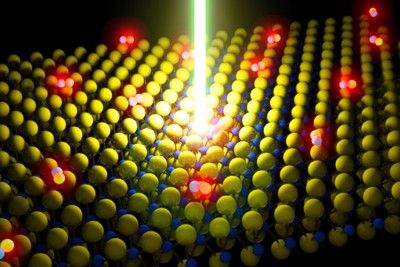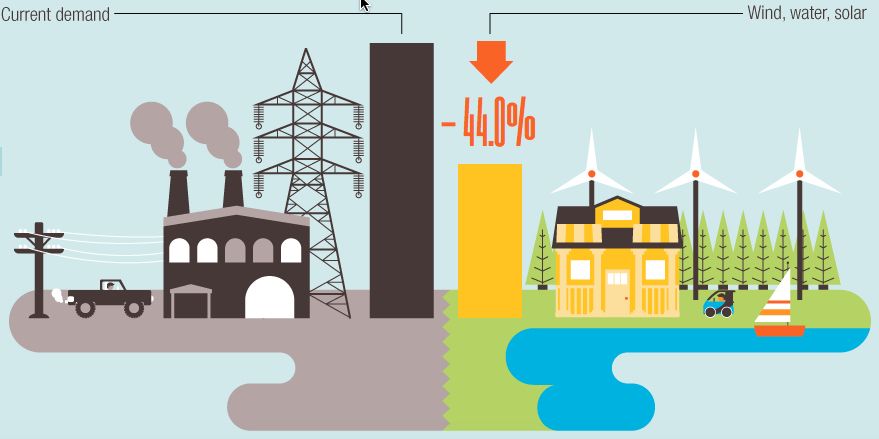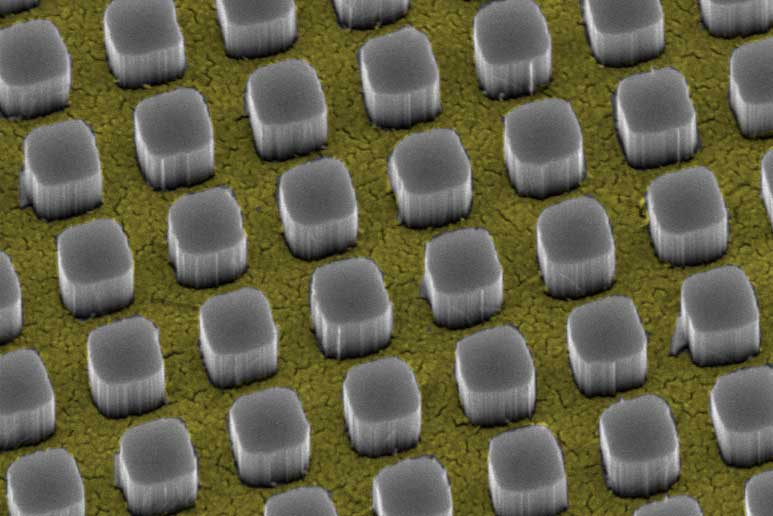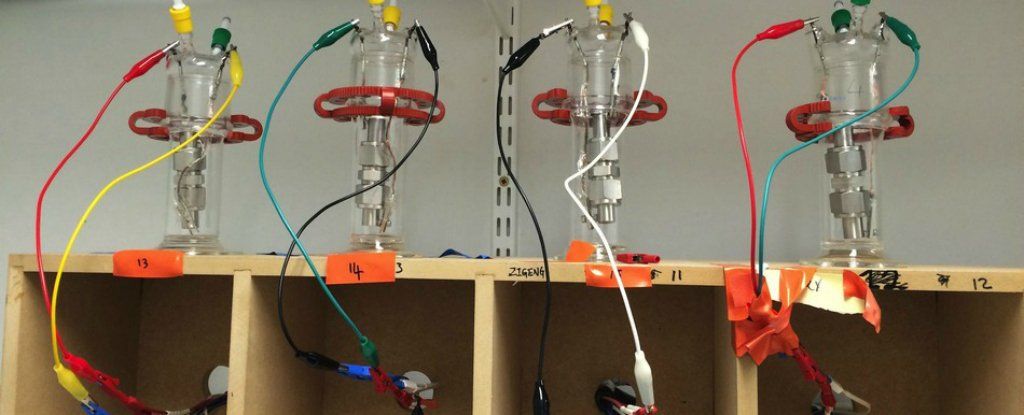From Haiti to Alabama – discover the Solar Frontiers where clean energy is sparking a revolution in how our planet is powered – and by whom.


From Haiti to Alabama – discover the Solar Frontiers where clean energy is sparking a revolution in how our planet is powered – and by whom.

An emerging class of atomically thin materials known as monolayer semiconductors has generated a great deal of buzz in the world of materials science. Monolayers hold promise in the development of transparent LED displays, ultra-high efficiency solar cells, photo detectors and nanoscale transistors. Their downside? The films are notoriously riddled with defects, killing their performance.


A common criticism of a total transition to wind, water and solar power is that the US electrical grid can’t affordably store enough standby electricity to keep the system stable. Now a researcher proposes an underground solution to that problem.

A solar cell is basically a semiconductor, which converts sunlight into electricity, sandwiched between metal contacts that carry the electrical current.
But this widely used design has a flaw: The shiny metal on top of the cell actually reflects sunlight away from the semiconductor where electricity is produced, reducing the cell’s efficiency.
Now, Stanford University scientists have discovered how to hide the reflective upper contact and funnel light directly to the semiconductor below. Their findings, published in the journal ACS Nano, could lead to a new paradigm in the design and fabrication of solar cells.
By 2030 solar energy will have the capacity to meet all of our energy needs. The production of food and clean water will also be revolutionized.
Kurzweil believes solar energy could satisfy 100% our power needs. — CNN
If we could capture one part in ten thousand of the sunlight that falls on the Earth we could meet 100% of our energy needs, using this renewable and environmentally friendly source.
As we apply new molecular scale technologies to solar panels, the cost per watt is coming down rapidly. Already Deutsche Bank, in a recent report, wrote “The cost of unsubsidized solar power is about the same as the cost of electricity from the grid in India and Italy. By 2014 even more countries will achieve solar ‘grid parity.’”
The total number of watts of electricity produced by solar energy is growing exponentially, doubling every two years. It is now less than seven doublings from 100%.
Similar approaches will address other resource needs. Once we have inexpensive energy we can readily and inexpensively convert the vast amount of dirty and salinated water we have on the planet to usable water.

Tech behemoth Apple is set to become the first completely solar-powered company in Singapore.
As part of a long-term partnership with Sunseap Group, Apple will draw upon Sunseap’s vast network of more than 800 solar panel-equipped buildings, which will satisfy the energy requirements for the company’s forthcoming 2,500-person corporate campus and retail store operations in Singapore.
According to Lisa Jackson, Apple’s vice president of Environment, Policy and Social Initiatives, the company aims to completely kick its dependence on fossil fuels and rely instead on renewable energy sources for its facilities worldwide.


Solar power still amounts for a small share of net electricity generation around the world. In the USA, for instance, as of December 2014 it was responsible for just 0.45% of the total electricity produced.
Things are changing quite quickly, however, and if the German think tank Agora Energiewende is right, faster than expected.
The main obstacle to a more widespread adoption of photovoltaic so far, has been cost: solar used to be very expensive compared to coal or gas, but, according to Agora — that recently commissioned a study on the subject to the Fraunhofer Institute for Solar Energy Systems — this is no longer true.

A new lithium-air battery created by researchers at the University of Cambridge points the way to the ultimate battery packs of the future, its makers say. With a very high energy density, more than 90 percent efficiency and the capability for more than 2,000 recharge cycles, the new test battery could prove an important stepping stone in the development of this essential technology.
If you’re getting tired of announcements about breakthroughs in battery technology, that’s understandable: as they’re so essential to modern life, many teams of scientists are busy working on the problem around the clock, but it’s an incredibly complex area of chemistry. Any new battery has to improve on what we already have, be safe to use in consumer gadgets, and be commercially viable enough to be affordable for manufacturers.
Those are difficult targets to hit, and that’s why many ‘miracle’ batteries have since fallen by the wayside – once the initial lab work is done, proving concepts and scaling up production is very difficult to get right. The potential rewards are huge though, not just for smartphones but for electric cars and solar power, where batteries are essential for storing energy to use when the sun isn’t shining.